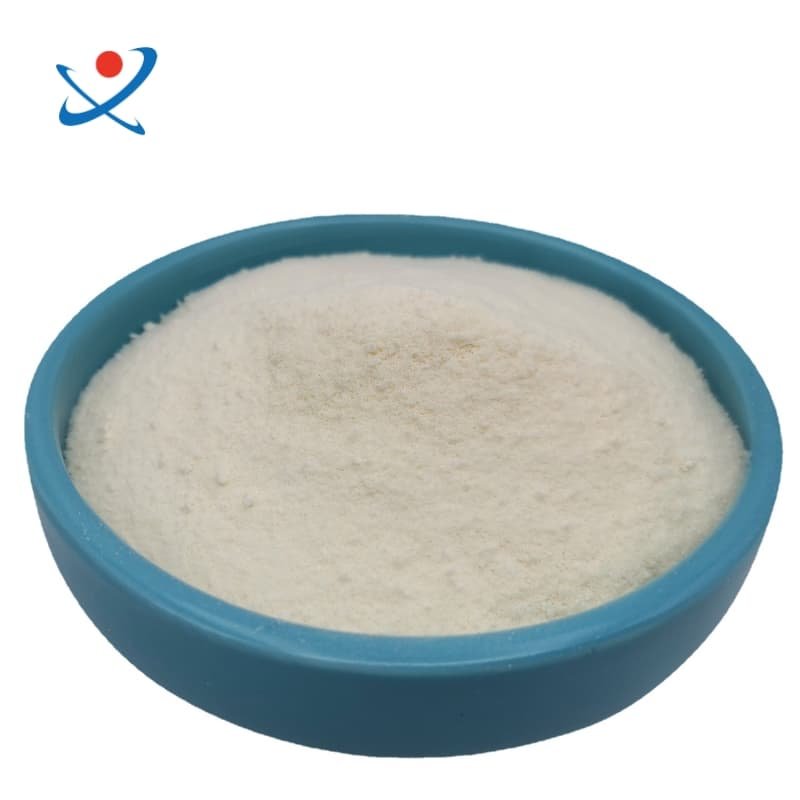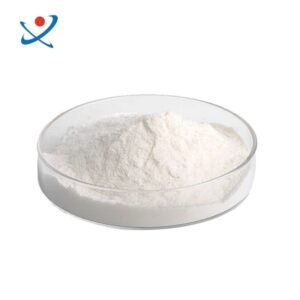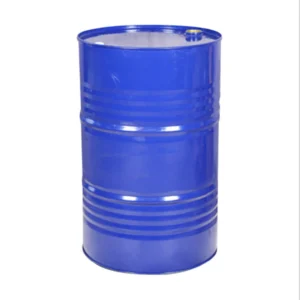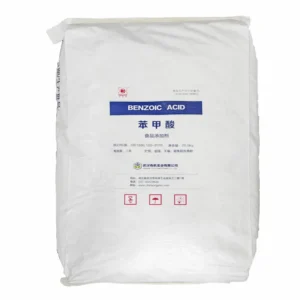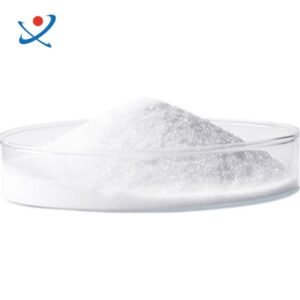Thiourea, with the chemical formula $$\text{CS(NH}_2)_2$$ and CAS number 62-56-6, is an organosulfur compound structurally similar to urea, where the oxygen atom is replaced by a sulfur atom. It is also known as thiocarbamide and has various industrial applications.
Chemical Properties
Molecular Formula: $$\text{CH}_4\text{N}_2\text{S}$$
Molecular Weight: 76.12 g/mol
Melting Point: Approximately 176-178 °C
Boiling Point: Estimated around 263.89 °C
Density: 1.405 g/cm³
Solubility: Soluble in water (137 g/L at 20 °C) and has a pH greater than 3.
Production
Thiourea is primarily produced through the reaction of hydrogen sulfide with calcium cyanamide in the presence of carbon dioxide. The global annual production is around 10,000 tonnes, with significant contributions from Germany, China, and Japan.
Applications
Thiourea has several applications across different industries:
Photography: Used as a fixing agent in photographic processes.
Textile Industry: Acts as a reducing agent in textile processing.
Pharmaceuticals: Serves as a precursor for various drugs and is involved in the synthesis of thiourea dioxide, a common reducing agent.
Agriculture: Investigated for its properties as a fertilizer, particularly under environmental stress conditions.
Chemical Synthesis: Functions as a reagent in organic synthesis and is used in the production of flame retardant resins and rubber accelerators.
Health and Safety
Thiourea is classified as a toxic substance and is reasonably anticipated to be a human carcinogen. It poses health risks if inhaled or ingested, causing irritation and potential allergic reactions. Safety measures are crucial when handling thiourea, including the use of protective equipment and proper ventilation in work areas.
In summary, thiourea is a versatile compound with significant industrial applications, but it must be handled with care due to its toxic and potentially carcinogenic properties.
Thiourea CAS 62-56-6
CAS No.62-56-6
Other Name:Thiocarbamide
MF:CH4N2S

